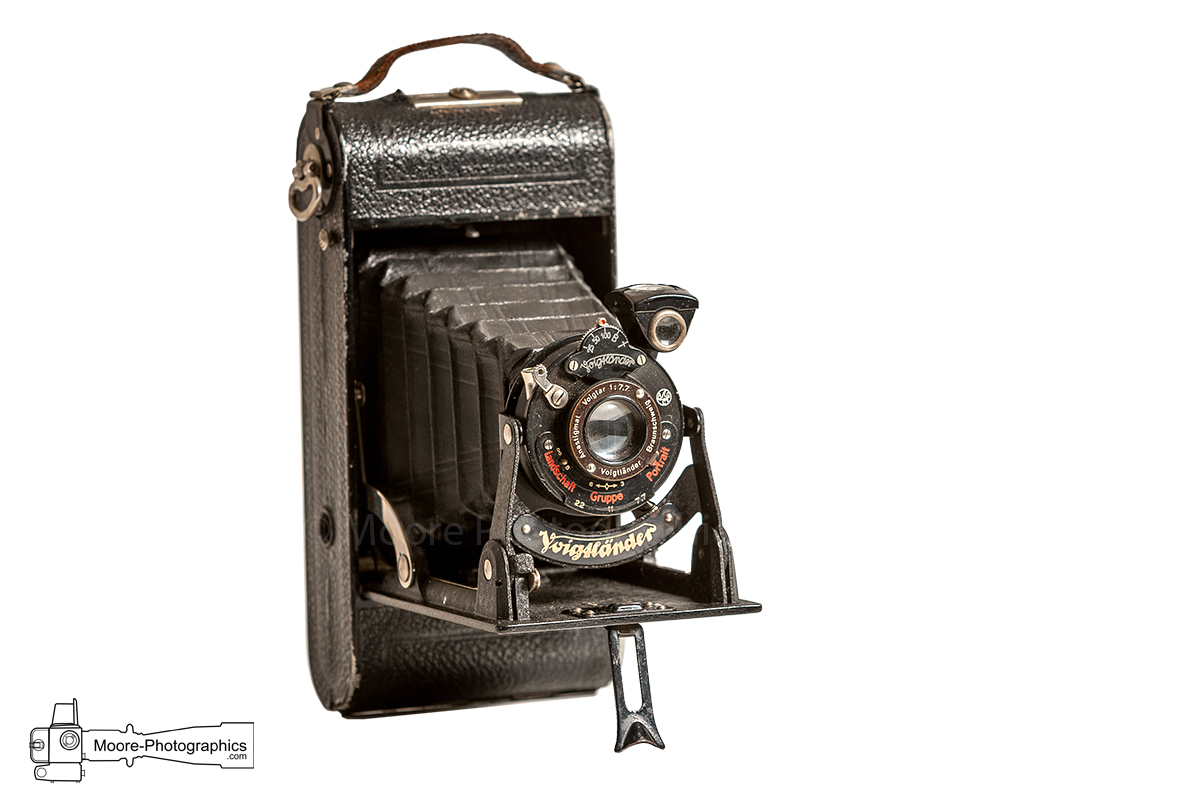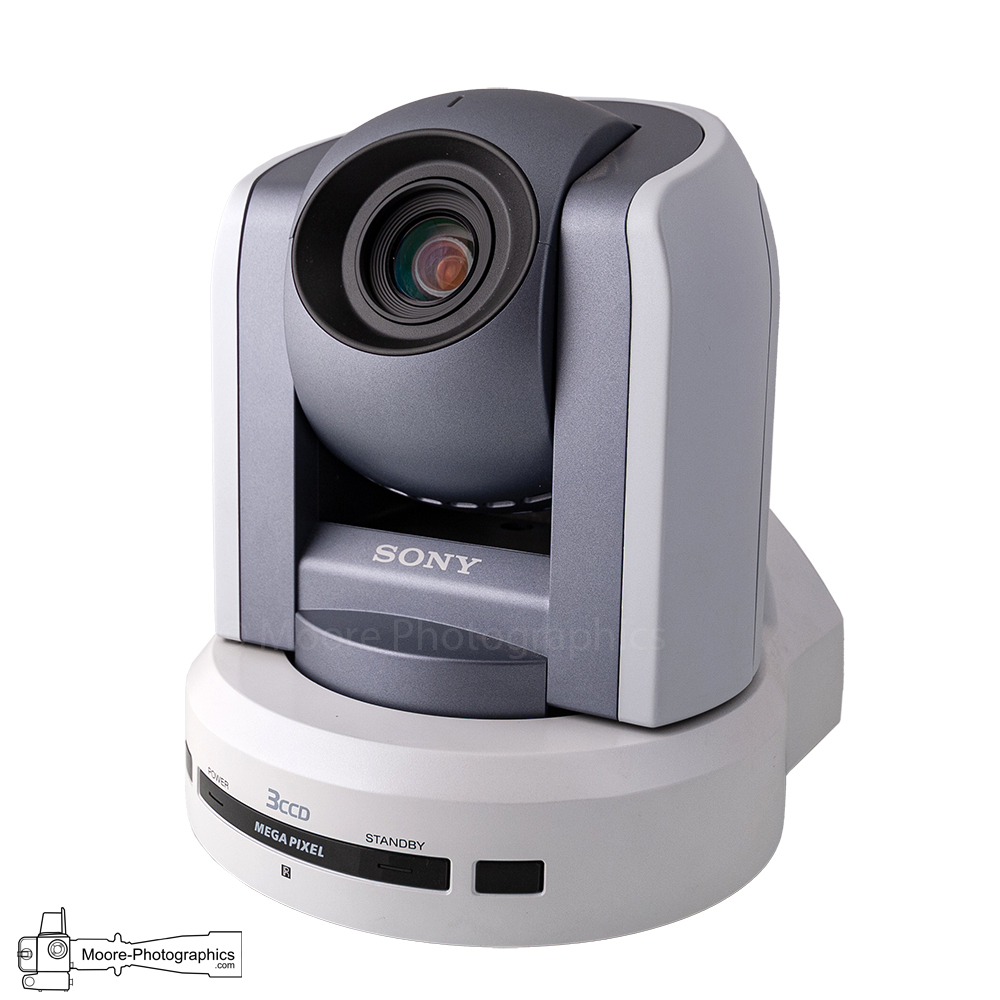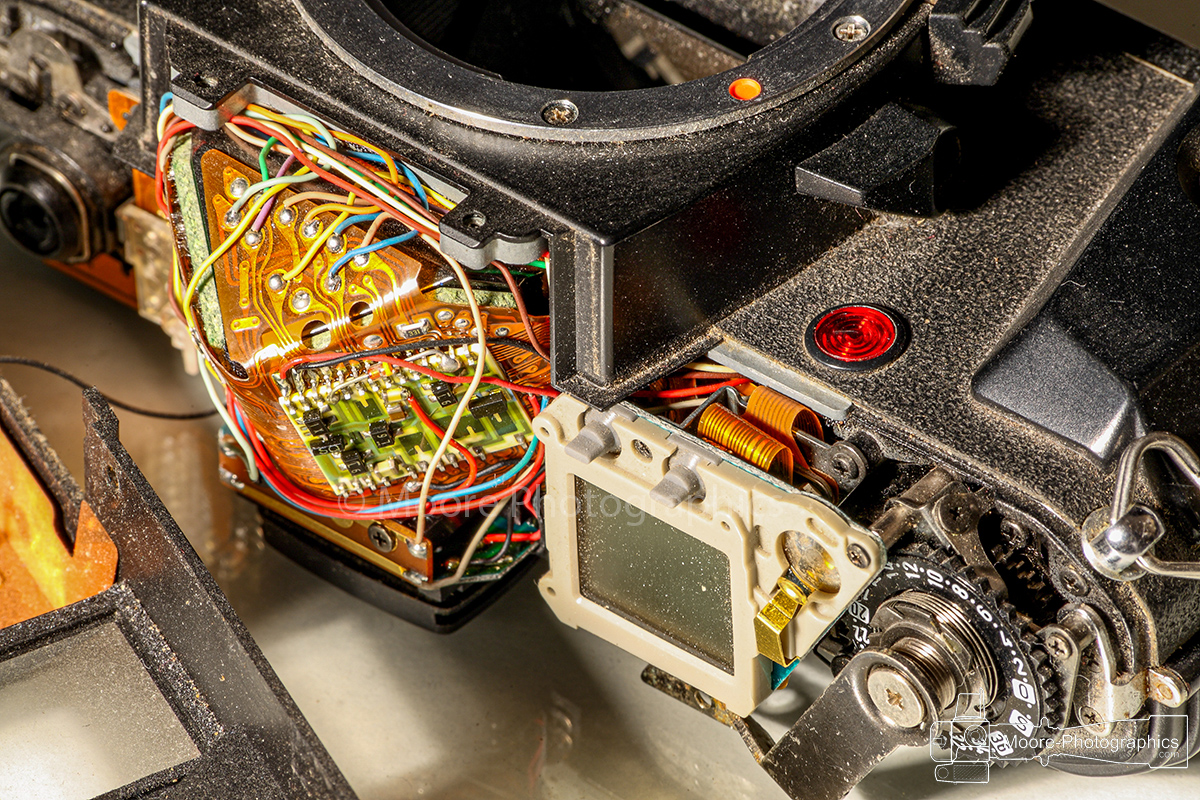All professions have language that is specific to their work. Photography is no different.
Probably, unlike some professions, much of the public know some of the terms used, and assume they understand what they mean.
11 of the more common photography terms, that you learn about when starting out:
- Aspect Ration – When you want to print images that you’ve taken, you need to know this. If you take a picture with your camera to get an 8 x10 image, the picture would have to be cropped to fit that size.
So, aspect ratio is the ratio of the height to width. 10 x 8 has an equal aspect ratio as 4 x 5. A, 9 x 6 image has an equal ratio as 6 x 4.
- Aperture – in simple terms – the size of the opening of the lens. Imagine looking through a hole in the wall – a large hole would let in more light, and a small hole less light. This is exactly how aperture works. A wide open aperture lets in more light for a brighter image, and a small one less light. Aperture is also measured in F-stops. F/1.8 is a small f-stop, which allows a lot of light in, as it is a wide opening. F/22 a large f-stop lets in less light, because the opening is narrow.
- Depth of Field – this refers to how much of the image you want in focus. When you take a photograph, the camera focuses on one distance, then there is a range of distance in front and behind that point that stays in sharp focus, and that is depth of field. Portraits often have a soft unfocused background, what’s called a shallow depth of field. With landscapes you generally want a large distance to stay in focus, so that’s a large depth of field. (No pun intended)!
- Exposure – this is how light or dark your image is. With too much of either, your image can be either overexposed with too much light, or underexposed with too little light.
- Focal Length – this describes in millimetres, the distance between the lens and the image. It tells the camera how much of what is being seen/shot, will be capture, and how large things will appear. Lenses are measured in focal lengths. For example, a 35mm lens will create images that appear more ‘zoomed in’, or closer than a 18 mm lens.
- Focus – this really speaks for itself. Like your eyes, an image in focus is sharp and clear, whereas one out of focus is blurry.
- Hot shoe – this isn’t how your shoes end up after you’ve danced all night! This is the slot at the top of the camera for adding accessories, like a flashgun.
- ISO – this decides how sensitive the camera is to light. An ISO of 100 means the camera isn’t very sensitive, which is great for shooting on a bright sunny day. An ISO 3200 means the camera is very sensitive to the light, so you can capture images in low light. ISO is balance with aperture and shutter speed to get the correct exposure. ISO is the replacement to film, when you had to buy the right film for the light, e.g. 200 would be good for day time.
- Manual – on most cameras (apart from some very professional models), you can set your camera to different settings automatically. i.e. they have a portrait mode, a landscape mode etc. In these automatic modes, the photographer doesn’t have to work things out, the camera does it for you. When you set your camera to Manual, you have to choose and therefore, control the aperture, shutter speed and ISO. You can also choose manual focus or auto focus.
- Shutter Speed – the shutter is the part of the camera that opens and closes to let the light in. The longer the shutter is left open, the more light is allowed into the camera. However, if anything moves during that time the shutter is open, it will become a blur, and if you move the camera while the shutter is open, the entire image will become blurry. That’s why photographers use tripods for long shutter speeds.
- White Balance – our eyes automatically adjust to the different light sources we come across, however, a camera can’t. This is why sometimes images look very yellow or blue.
The right White balance setting makes sure that a white actually looks white in the photo.
On most cameras there is a White Balance setting, where you can choose the setting for the light in which you are shooting. I.e. Sun, shade, tungsten light bulbs etc.
How many of these terms did you recognise, and how many do you know how to use?
There are many, many more settings and different aspects involved in photography, which as a professional photographer you need to understand, and be able draw on when you sometimes find yourself in very difficult situations where you need to capture an important, one-time-only image.
This mostly happens when you’re shooting in a place where you are unable to use a flash, or lights, and the natural light is changing by the minute! Add to the mix – the objects you are photographing are continually moving… an example where it is vital you know and understand exactly which lenses to use, and which settings on your camera.
And then of course there is composition, which can wait for another day!
If you’d like to contact me do drop me a message or an email here neil@moore-photographics.com




